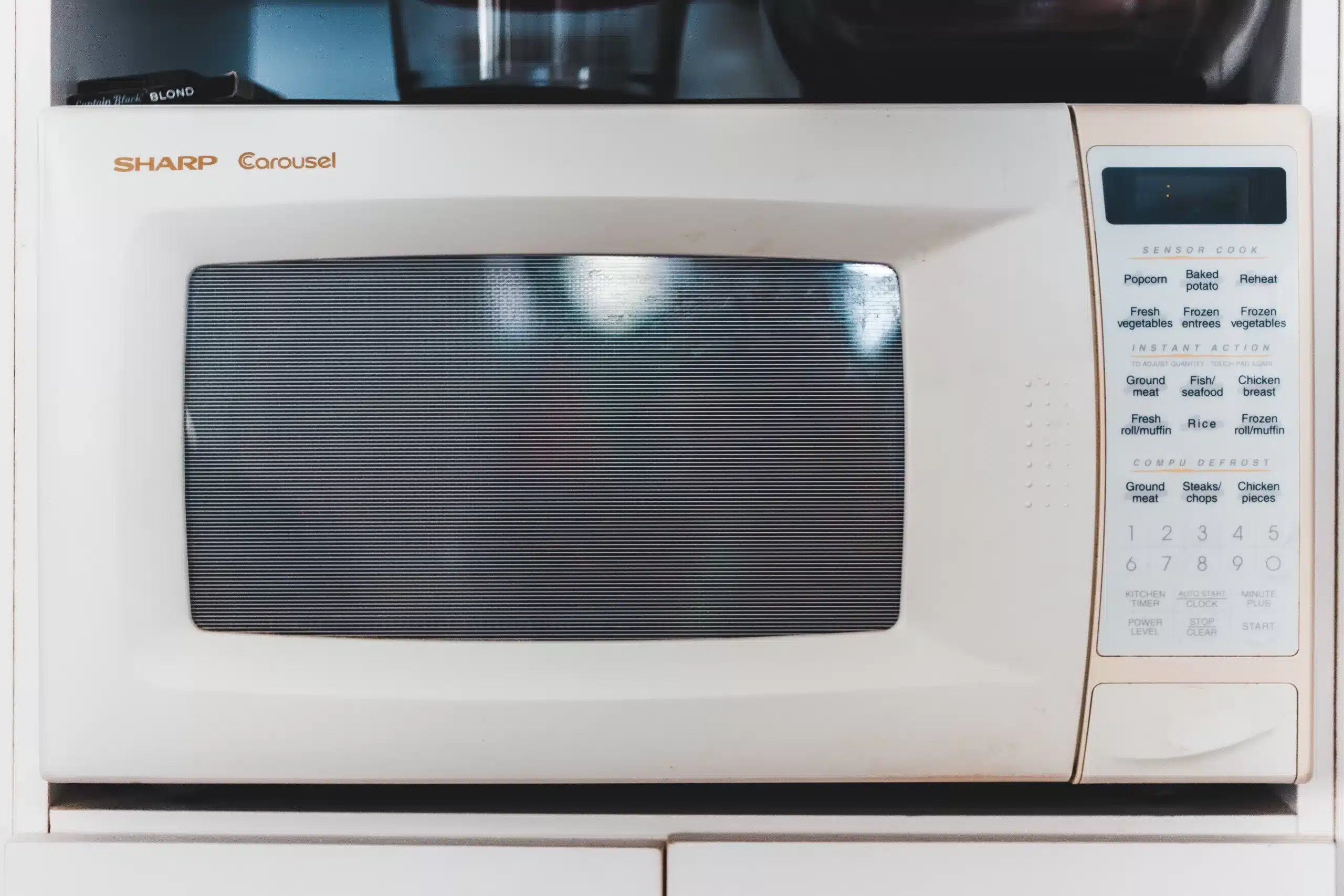
Microwaves are one of the most convenient and versatile appliances in the kitchen. They can heat up food, cook meals, and even make popcorn. But they can also get dirty and smelly over time, especially if you don’t cover your food or clean up spills. That’s why it’s important to clean your microwave regularly and properly.
To clean a microwave, you need to unplug it and let it cool down completely. Fill a microwave-safe bowl with water and vinegar, lemon juice, or baking soda. Microwave the solution for a few minutes until it boils and steams. Then wipe the inside and outside of the microwave with a damp cloth or sponge and some mild detergent.
Cleaning your microwave is not only good for your food, but also for your health and safety. Here are some benefits of keeping your microwave clean:

Vinegar is a natural cleaner that can help remove stains and odors from your microwave. You can use any type of vinegar, such as plain white vinegar or apple cider vinegar. You can also add a few drops of your favorite essential oil to mask the smell of vinegar.
To clean your microwave with vinegar, follow these steps:
Lemon is another natural cleaner that can help remove stains and odors from your microwave. Lemon has citric acid that can break down grease and dirt. It also has a fresh scent that can deodorize your microwave.
To clean your microwave with lemon, follow these steps:

Food safety and hygiene are my specialties, which I have developed over 10 years of working in the restaurant industry. I have supervised busy Asian restaurants in central London, where I adhered to the highest standards of food safety and hygiene. I have acquired expertise and qualifications from reputable sources and secured certifications in HACCP (Hazard Analysis and Critical Control Points), Food Safety (Level 3), Health and Safety and Restaurant Management from CPD and the Institute of Hospitality. I keep myself informed on the latest innovations in food safety standards and legislation by attending courses every year. When I’m not working, I unwind by cooking and playing with gadgets, especially kitchen appliances.
The frequency of cleaning your microwave depends on how often you use it and what kind of foods you cook in it. Generally, you should clean your microwave at least once a week to prevent food stains and grease from accumulating and causing problems.
However, if you cook foods that are very oily, sugary, or messy, you may need to clean your microwave more often. For example, if you cook pizza, soup, or popcorn in your microwave, you should clean it after every use to avoid spills, splatters, or burns.
You should also check your microwave regularly for any signs of wear and tear, such as cracks, chips, rust, or peeling. If you notice any damage to your microwave, you should stop using it immediately and contact the manufacturer for repair or replacement.
Q: Can I use baking soda to clean my microwave?
A: Yes, baking soda is another natural cleaner that can help remove stains and odors from your microwave. Baking soda has alkaline properties that can neutralize acids and dissolve grease. It also has abrasive qualities that can scrub off dirt.
To clean your microwave with baking soda, follow these steps:
Q: How do I prevent my food from splattering in my microwave?
A: One of the best ways to prevent your food from splattering in your microwave is to cover it while heating it up. You can use a paper towel, wax paper, parchment paper, plastic wrap, or a lid that is designed for microwaving.
Covering your food will also help retain moisture and heat evenly. However, you should avoid covering foods that need to crisp up in the microwave, such as bacon.
Another way to prevent your food from splattering in your microwave is to cut it into smaller pieces before microwaving it. Smaller pieces will cook faster and more evenly than larger ones.
You should also avoid overfilling containers or bowls when microwaving liquids such as soup or sauce. Leave some space at the top for expansion.
